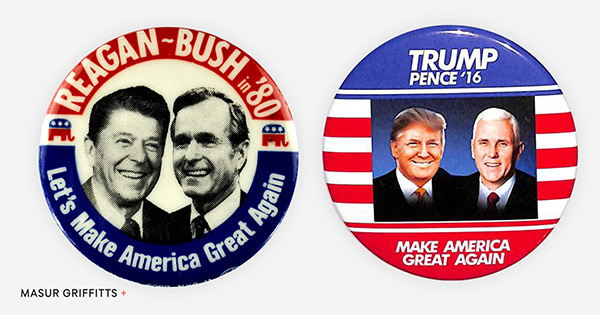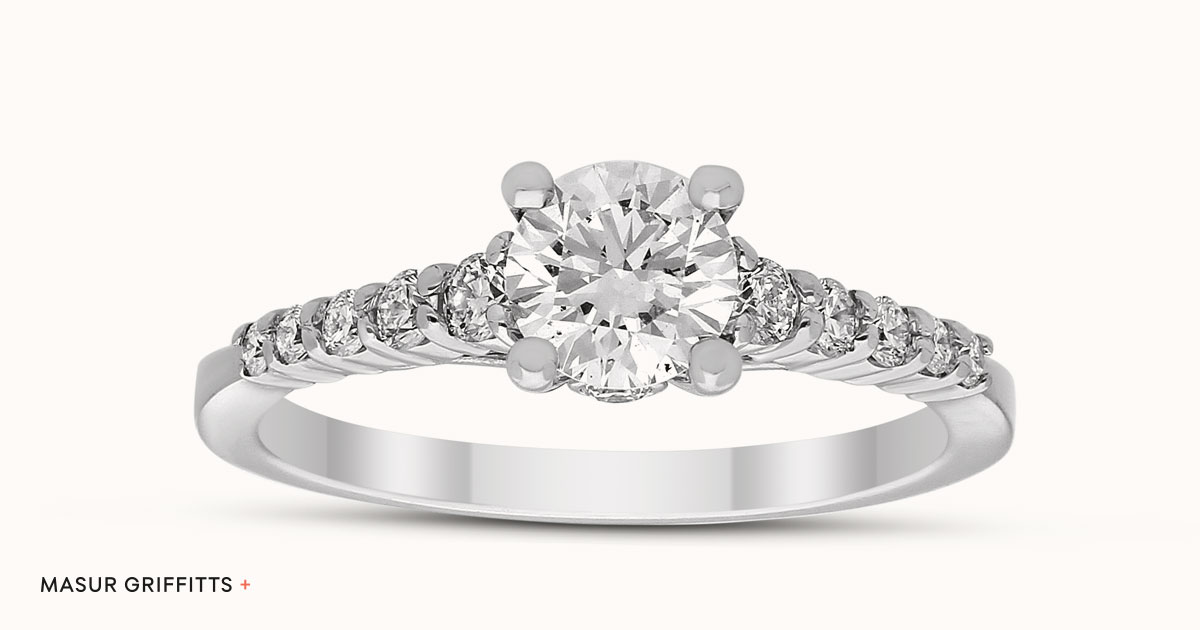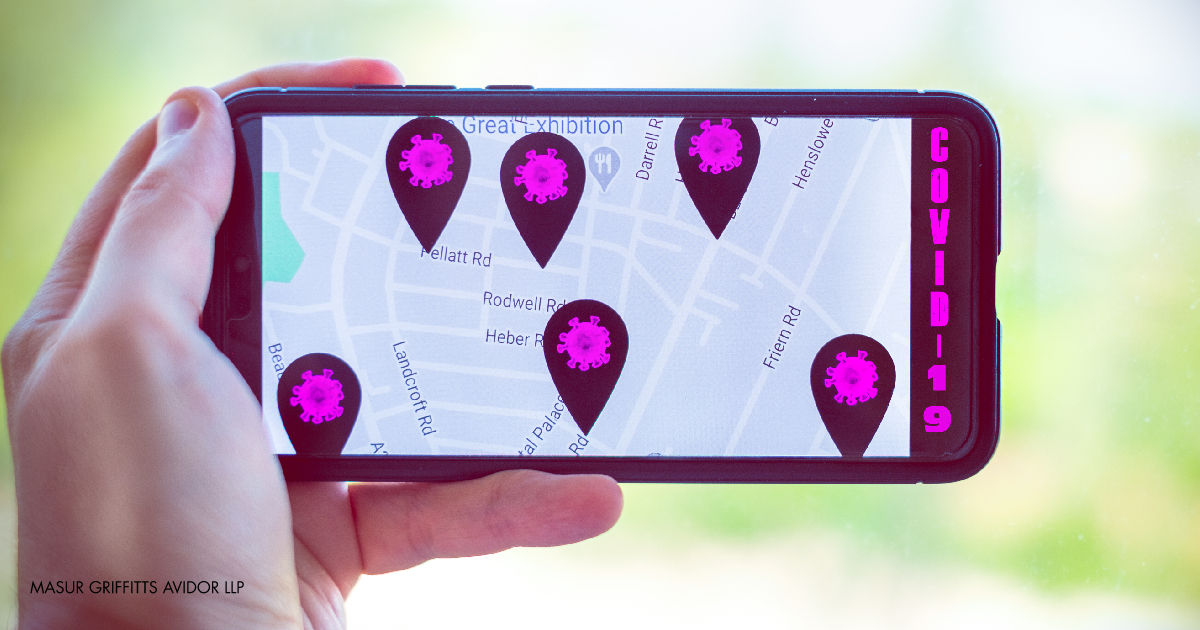Make America [Insert Adjective Here] Again! Why Trademarking Someone Else’s Popular Phrase and the Mad Dash to the USPTO is Trivial
By: Jon Avidor and Torie Levine
Fake news. Covfefe. Make America Great Again. These are phrases and words that are a big part of our current culture and seem like opportunities to make some big money if monetized. But before you spend your energy, and more importantly your money, trademarking these popular catchphrases, consider whether they can be registered and if you are actually eligible for protection.
Trademark as a Source-Identifier
A trademark is any word, name, symbol, logo, slogan, sound, color, or any combination thereof used to identify and distinguish goods and/or services and indicate their source. The objective of a trademark is to allow the public to recognize certain goods and services as originating exclusively with a particular individual or company. It’s all about brand recognition and brand protection. Thanks to trademark registrations, you know that when you walk into the fast food restaurant with the golden arches and order a Coke® and a Big Mac® that you’re getting a cola soft drink with a distinctive taste, two all beef patties, special sauce, lettuce, cheese, pickles, onions on a sesame seed bun®, and, if you’re lucky, a Happy Meal® toy, and that you can expect a certain level of quality from Coca-Cola®, McDonald’s®, and, let’s say, Hasbro®.
The “Use in Commerce” Requirement
The United States is a first-to-use, rather than a first-to-file, jurisdiction, meaning that, all things being equal, priority ownership and use rights goes to the first party to have used a trademark in commerce. A trademark must be actively used in commerce, i.e. in connection with the commercial offering or sale of goods or services, in order to be protected under trademark law. The Lanham Act defines use in commerce to be “the bona fide use of a mark in the ordinary course of trade, and not made merely to reserve a right in a mark.” A mark will be considered to be in use in commerce when (1) goods are sold or transported in commerce and the mark is displayed on the goods or their containers, in association with the goods or on tags affixed to the goods, or if the nature of the goods makes placement impracticable and (2) services are rendered in commerce and the mark is used or displayed on materials to advertise or sell the services. If you plan to use a trademark in connection with certain goods and services in the future, you can apply for trademark protection on an intent-to-use basis, but you would not be eligible for registration unless and until the trademark is used in offering goods or services to the public.
Let’s say you want to trademark the phrase “fake news.” We know now that the trademark must be used in commerce, and you cannot simply trademark the phrase because you thought of it—trademark law protects brands, sellers, businesses, etc. and their goods and services, not conceptual ideas. “Easy solution,” you say. “Let’s put ‘fake news’ on t-shirts and hats and sell them.” D’oh®! The U.S. Patent and Trademark Office will refuse registration of a mark if the use of the mark is purely used as an ornamental or decorative feature on the goods, but not as a trademark to indicate the source of the goods. For instance, slogans displayed on t-shirts and hats can be considered merely ornamental because those purchasers would not automatically think the slogan identified the source of the goods but would just view the slogan as a decoration on the goods.
This brings us to the next issue: who can register that trademark?
Whose Trademark Is It Anyway?
Whether a trademark can be registered is one consideration in the application process, but equally important is whether you, as the applicant, have the exclusive right to use and exploit that trademark and its goodwill. A trademark must identify a source and be associated with the trademark owner and his, her, or its goodwill and recognition among the public and not with some other third party. Catchphrases that don’t identify the source of a product cannot be trademarked. Thus, political catchphrases like “Lock her up,” “Covfefe,” and “Fake News” are associated with President Donald Trump, not any other person applying for registration.
The slogan “Make America Great Again” is owned by Donald J. Trump for President, Inc. (Serial Nos. 85783371 and 86724115). The trademark is used in connection with everything from bumper stickers, to clothing, and political campaign services. Therefore, President Trump’s distinctive use of the phrase gives him an advantage over competitors because he is the sole identifiable source of the catchphrase. Or is he? Back in 1980, presidential and vice presidential candidates Ronald Reagan and George H. W. Bush used “Let’s Make America Great Again” as their campaign slogan, and undoubtedly sold bumper stickers, clothing, and used the mark in the same manner as Donald Trump and Mike Pence. But the association between Reagan and his campaign slogan precursor to MAGA largely faded from the memories of the American electorate, and in a hypothetical trademark dispute between the two campaigns, Trump and Pence would easily prevail over Reagan and Bush as having stronger claims to the trademark on the grounds of actual and current use in the marketplace and present brand recognition. The bottom line is that it’s all about timing, current use in the marketplace, and customer goodwill and brand recognition.
#Trademark
A hashtag is a word or phrase preceded by the symbol # that classifies or categorizes the accompanying text (such as a tweet). Many brand owners want to protect their hashtags from being used in a way that is misleading, disparaging, or confusing with that of a competitor. The Trademark Manual of Examining Procedure (TMEP) states that “a mark comprising or including the hash symbol (#) or the term hashtag is registrable as a trademark or service mark only if it functions as an identifier of the source of the applicant’s goods or services.” Like “.com” in relation to a website, hashtags often do not, if ever, add any distinctive value to a trademark that would make an otherwise generic or descriptive mark a distinctive trademark. The TMEP offers #SKATER for skateboarding equipment as an example of a mark that would be refused because it is merely descriptive. A hashtag would also not differentiate a trademark from the same or a confusingly similar prior trademark since, as with .com, # is largely functional and meant to facilitate searches within online social media.
That is not to say that it is impossible to register a hashtag mark. In fact, there are hundreds of hashtag marks registered including #EVERYDAYMADEWELL (Reg. No. 4895377) for online retail store and retail store services and conducting contests and #THE ESTEE EDIT (Reg. No. 4950926) for a fashion, beauty, and lifestyle blog. Yet, even if a hashtag mark is registered, there are challenges to enforcing the mark because tagging a topic on social media is not considered a trademark use under the Lanham Act. Additionally, using another company’s name in a hashtag can be considered fair use. Therefore, while the U.S. Patent and Trademark Office grants registrations for hashtags where they serve as a source identifier, there is still a lot of uncertainty of trademark protection for hashtags.
Think Twice Before You Try to Trademark a Catchphrase
A phrase or word can gain immense popularity in a manner of minutes and entrepreneurs looking to exploit that as a business opportunity should be careful to avoid wasting their time and money. Despite the appeal of trademarking popular catch phrases, it is ultimately difficult to achieve due to who the applicant may be. Further, even if you are able to successfully register the trademark, you still face the hurdle of protecting the trademark from infringement. After all, if the catchphrase is as popular as you think it is, there will be others flooding the market in the same way you are. If trademark genericide has shown us anything, having a federal trademark registration has little value if you cannot defend it from infringement.
***
*We would like to thank Torie Levine for her contribution to this article.









